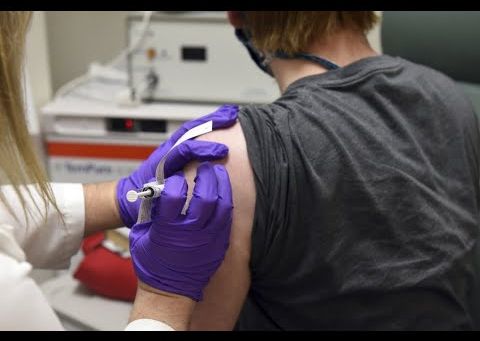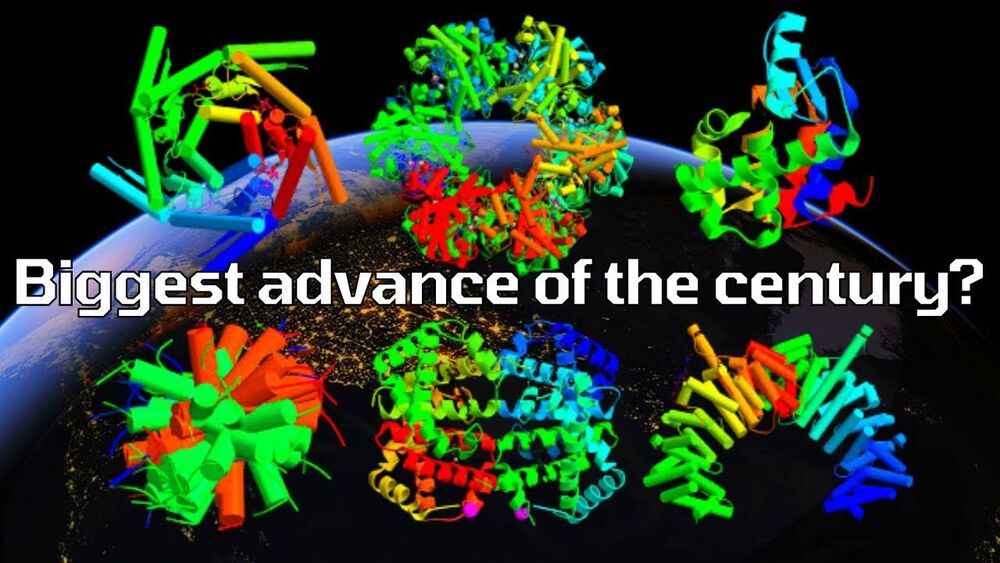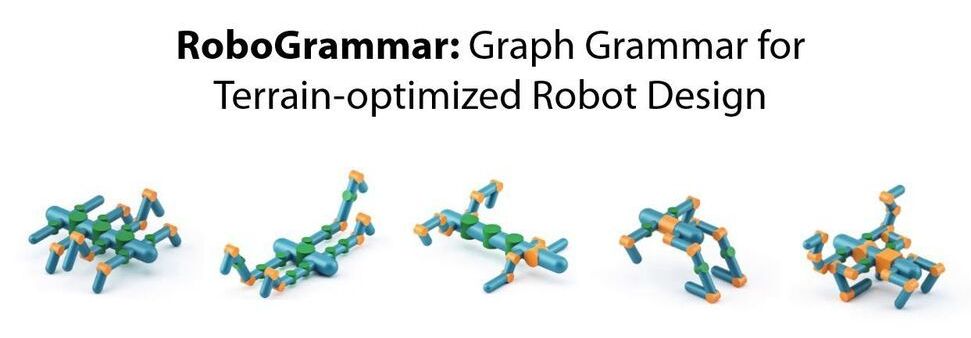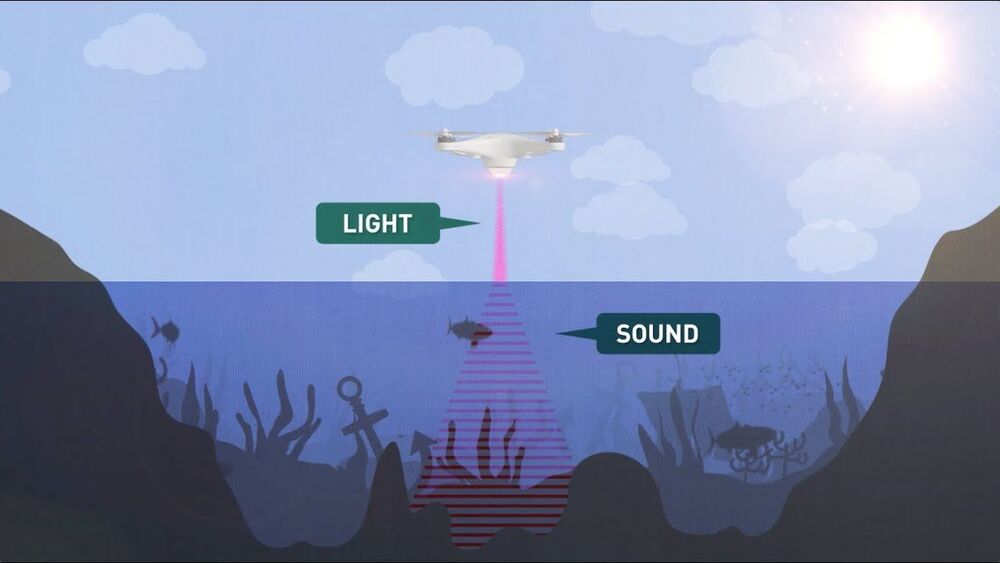Dec 2, 2020
Heavy boson triplets test Standard Model
Posted by Genevieve Klien in category: particle physics
A recent observation of an extremely rare subatomic process allows scientists to test the Standard Model’s boundaries.
A recent observation of an extremely rare subatomic process allows scientists to test the Standard Model’s boundaries.
Harvard Medical School scientists have successfully restored vision in mice by turning back the clock on aged eye cells in the retina to recapture youthful gene function.
The team’s work, described Dec. 2 in Nature, represents the first demonstration that it may be possible to safely reprogram complex tissues, such as the nerve cells of the eye, to an earlier age.
In addition to resetting the cells’ aging clock, the researchers successfully reversed vision loss in animals with a condition mimicking human glaucoma, a leading cause of blindness around the world.
“The newest term — Universal Basic Means of Production — helps someone unfamiliar with the concepts to better imagine that world without clouding the idea with negative connotations from the past. So, what if instead of focusing so heavily on the idea of passing out money to individuals, we shift our focus to subsidizing 3D printers, local recycling centers for collecting plastic to make 3D printing filament when possible, and vertical gardens in homes and communities.”
Imagine a carbon nanotube replicator and garden in every home. It’s not sci-fi and will soon be possible. How fast we make the transition is entirely up to us.
This term refers to the idea of providing every household with technology that allows people to produce things they need at home. This includes consumer goods such as clothes, food, building materials, etc. and refers to the idea of getting everyone producing as many of their consumable materials as possible.
Continue reading “Universal Basic Means of Production: Can It Make UBI Obsolete?” »

For too long, the coronavirus has been allowed to ravage human society. However, now, we have begun deploying our own weapon to fight back against this deadly pestilence- a vaccine. Today, the UK has approved of Pfizer and BioNtech’s coronavirus vaccine.
Discord Link: https://discord.gg/brYJDEr.
Patreon link: https://www.patreon.com/TheFuturistTom.
Please follow our instagram at: https://www.instagram.com/the_futurist_tom.
For business inquires, please contact [email protected]
“I myself believe that there will one day be time travel because when we find that something isn’t forbidden by the over-arching laws of physics we usually eventually find a technological way of doing it.” –David Deutsch
Time travel may still be in the realm of science fiction, inspiring the plots of countless books, mo v ies and Star Trek episodes, but not out of the realm of possibility. While basic physics allows for the possibility of moving through time, certain practical concerns and paradoxes seem to stand in the way. The “Fractal Soliton of Improbability,” postulating that any moment is unique and only happens once in the lifetime of a universe, or “Grandfather Paradox,” in which a traveler jumps back in time, kills his grandfather and therefore prevents his own existence, are the most salient paradoxes arising in relation to time travel.

https://www.youtube.com/watch?v=xQzOk6HSs0c&feature=youtu.be
AI solves a 50 year biological problem of protein folding!
Han from WrySci HX goes through the recent scientific breakthrough by AlphaFold from DeepMind. The ability to accurately predict a protein structure just based on an amino acid sequence will be a complete game changer. More below ↓↓↓
Continue reading “How AlphaFold From DeepMind Will Change The World” »
MHRA will only become fully independent on 1 January 2021, following Brexit, but U.K. regulations allow it to grant authorizations on an emergency basis. The United Kingdom has bought 40 million doses of the Pfizer/BioNTech vaccine—enough for 20 million people—and health secretary Matt Hancock today announced the first 800,000 doses will be available next week. The rollout will prioritize health workers as well as the elderly and other vulnerable populations, but the Joint Committee on Vaccination and Immunisation has yet to offer its final guidance on the exact priorities.
Russia on 11 August allowed its COVID-19 vaccine, developed by the Gamaleya Research Institute of Epidemiology and Microbiology, to be used on certain groups of people, and China has granted emergency use authorizations (EUAs) for several vaccines and has already vaccinated hundreds of thousands of people with them. A few other countries, including the United Arab Emirates and Bahrain, have issued an EUA for one of the Chinese vaccines, produced by Sinopharm.
The Pfizer vaccine, whose key ingredient is messenger RNA that encodes the spike protein of the pandemic coronavirus, was found to have 95% efficacy, a clinical trial measurement of effectiveness, in a phase III trial in 43,000 people. But it presents logistical challenges for a widescale and rapid rollout, as it requires storage at −70°C. The lesser demands of other vaccines—including a candidate developed by the University of Oxford and AstraZeneca—mean they will likely still play an important role in providing vaccinations for the whole U.K. population—and for global coverage, according to Michael Head, a global health researcher at the University of Southampton, “but, for now, this is wonderful news to wake up to.”

So AI is now designing robots. 😃
At first the designs were nonsense, but the (human) engineers trained it on animals and arthropods.

Stanford University engineers have developed an airborne method for imaging underwater objects by combining light and sound to break through the seemingly impassable barrier at the interface of air and water.
The researchers envision their hybrid optical-acoustic system one day being used to conduct drone-based biological marine surveys from the air, carry out large-scale aerial searches of sunken ships and planes, and map the ocean depths with a similar speed and level of detail as Earth’s landscapes. Their “Photoacoustic Airborne Sonar System” is detailed in a recent study published in the journal IEEE Access.
Continue reading “Engineers combine light and sound to see underwater” »

SpaceX Starship will fly nine miles into the air later this week according to Elon Musk, who says it has a one in three chance of landing safely.
The massive Starship two-stage-to-orbit heavy lift vehicle has been in development since 2012 and is designed to bring the cost of launch down by being reusable.
Continue reading “SpaceX Starship high-altitude test has one in three chance of landing” »
